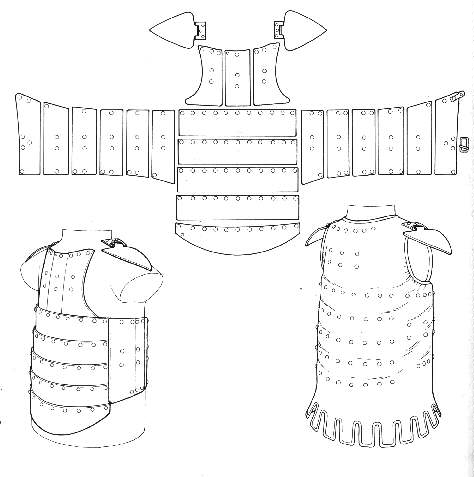Hussar said:Also, maybe I was misunderstanding, but didn't you mean that particular weapon types would be more effective vs certain armor types not armor classes. That's what I meant by the Monster Manual getting more complicated.
After all, a creature might have +5 Natural Armor because it's like a rhino and has a really thick hide - making it susceptable to slashing weapons and resistant to bludgeoning - or it might have a chitinous shell like a bug - making it highly resistant to slashing but susceptable to piercing. Even though they both have the same armor bonus, the adjustments by weapon type are changed.
I think the best way to do this is AC based on weapon types. A creature's AC already has at least 3 values (regular, touch, and flat-footed), you just further break it down into vs. slashing, vs. piercing, and vs. bludgeoning. So if someone attacks you with a longsword, you report your slashing AC; if they come at you with a flail, you report your bludgeoning AC; and if they come at you with a glowing hand, you report your touch AC.
That's what we did for nearly a decade with AD&D2, and it worked out fine. 99% of the time, a player knew which AC score to use based on the GM's description of the attack, and in those rare instances when it wasn't clear, the GM just had to say "what's your bludgeoning AC" instead of "what's your AC"--essentially no difference in speed of play. It's not super-detailed, but it's something, and easy to implement. Much easier than per-weapon or per-armor-type modifiers.
And, I've a sneaking suspicion that "they" might be in the majority of gamers. Those who want historical accuracy in a fantasy RPG are quite possibly in a minority. If that is true, then having variant combat rules as an add on is a good idea.
More importantly, i think that those who want historical accuracy in a fantasy RPG have long since given up D&D for other RPGs that are at least closer.





